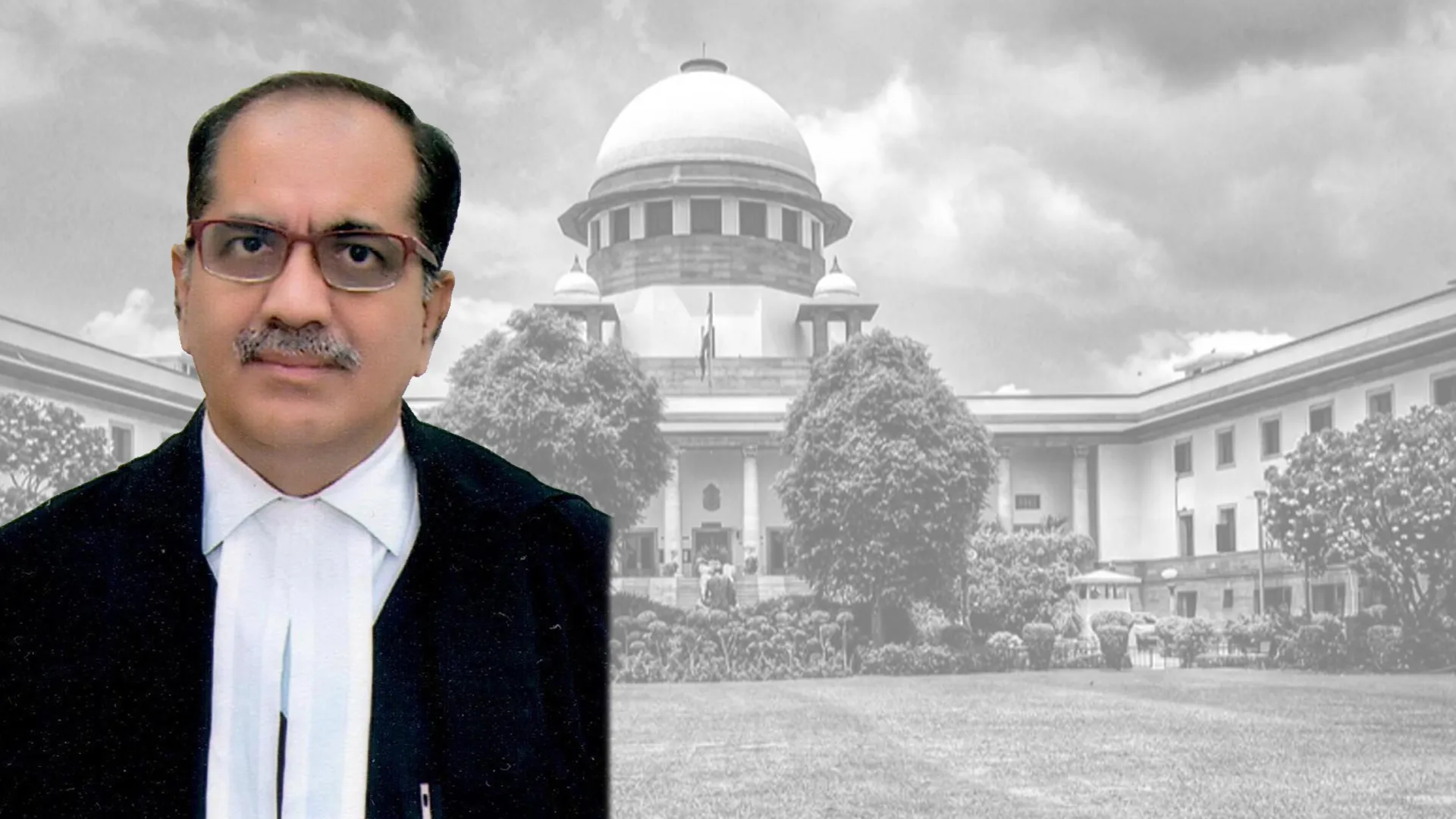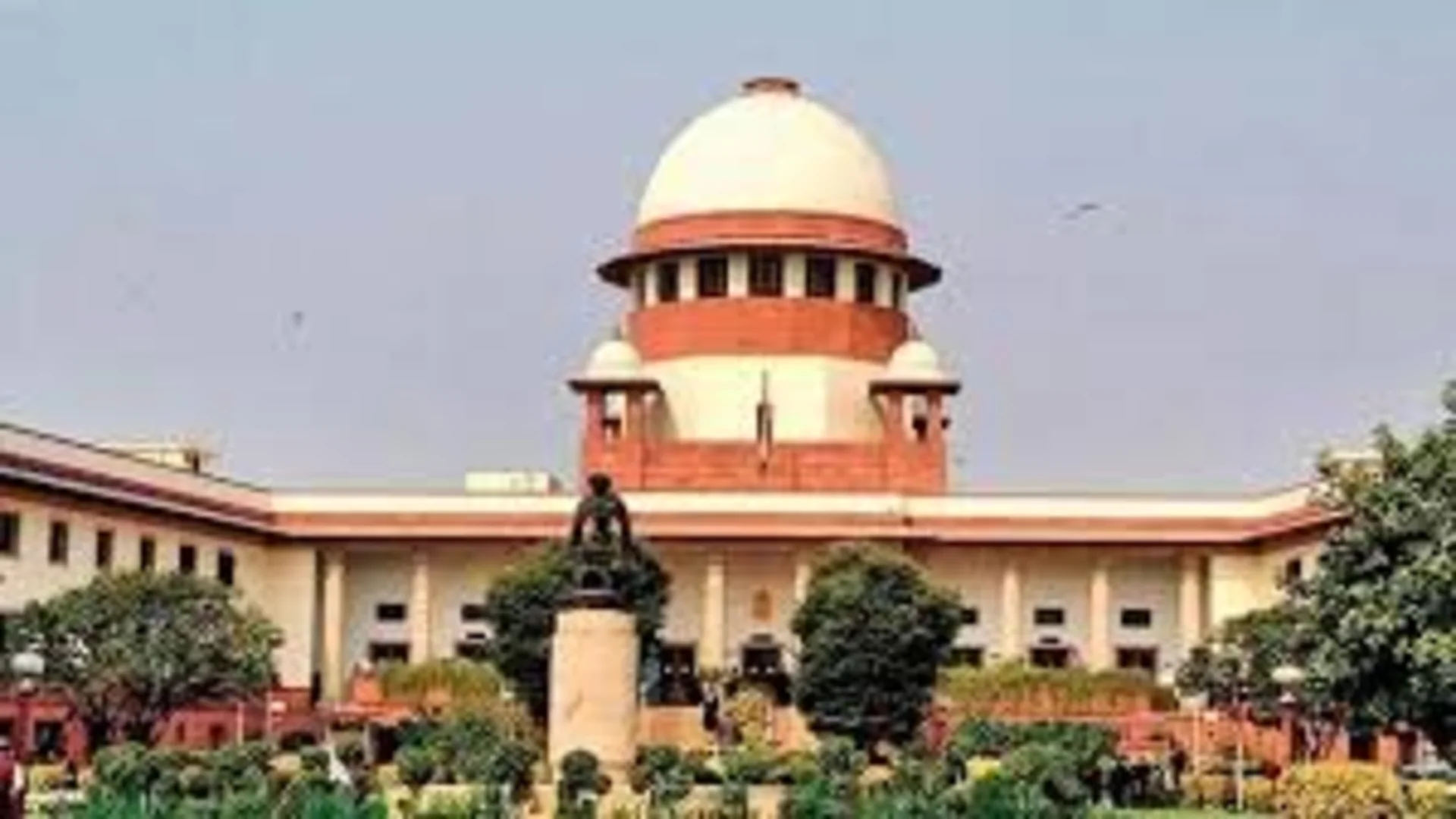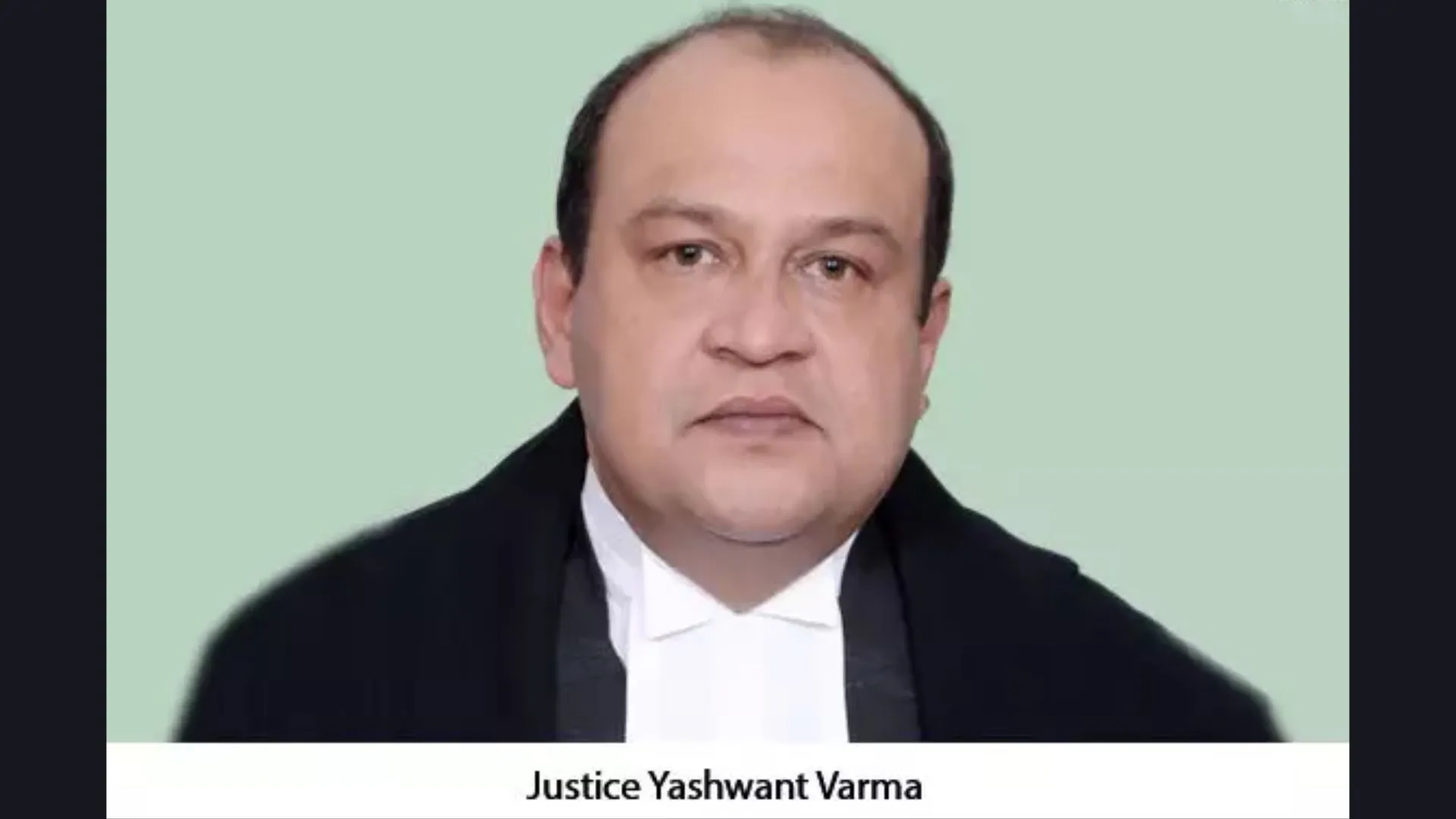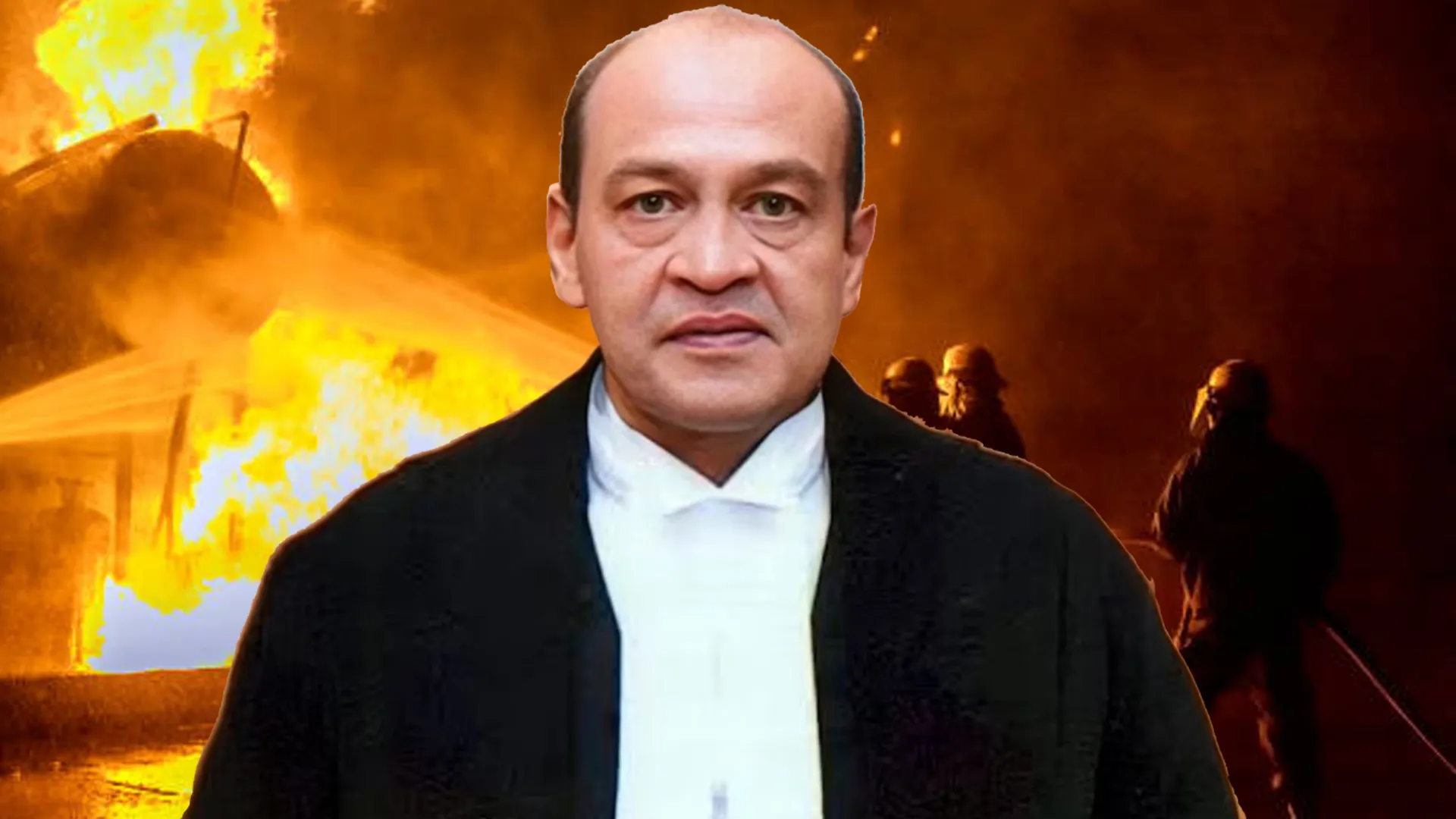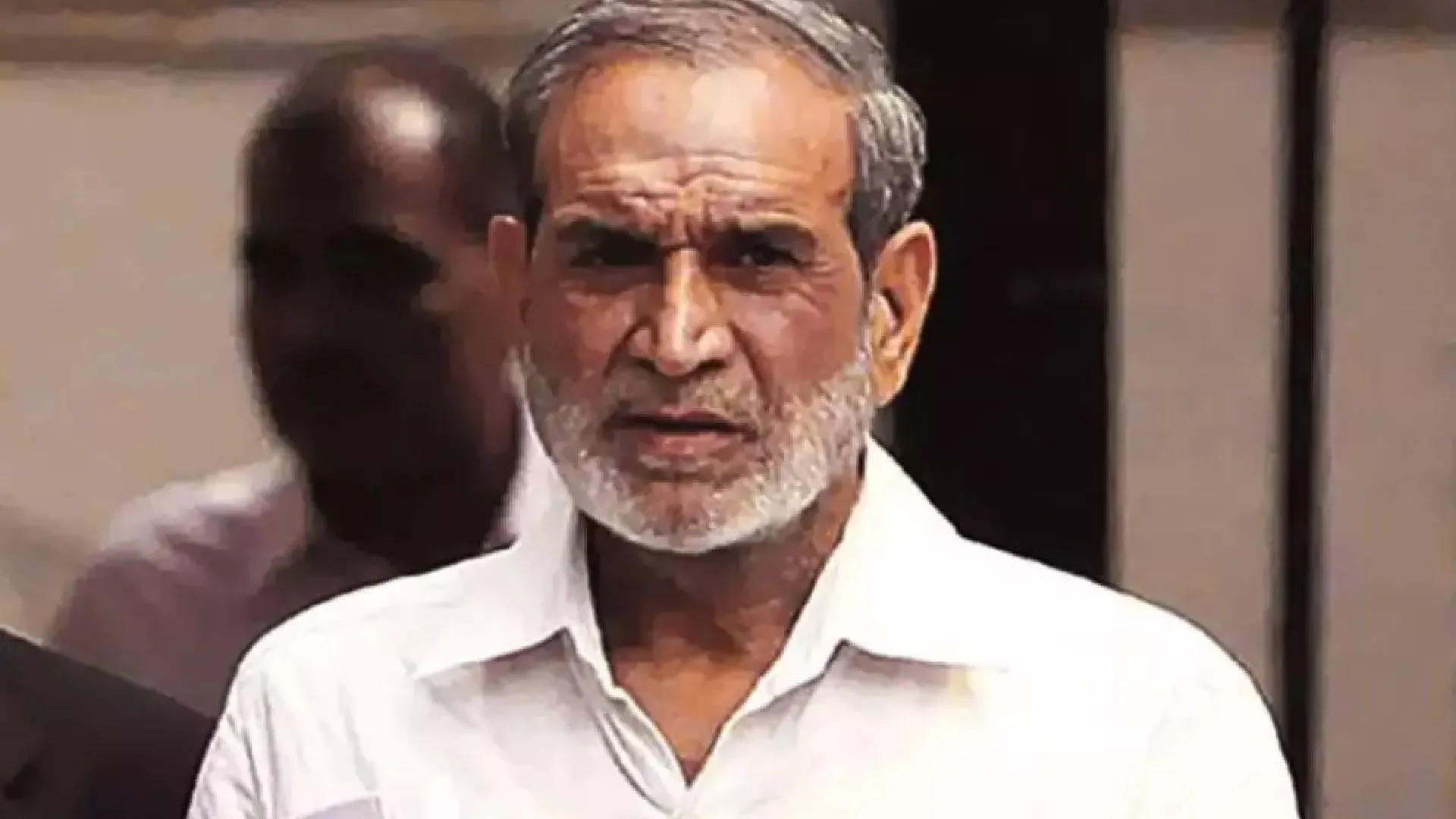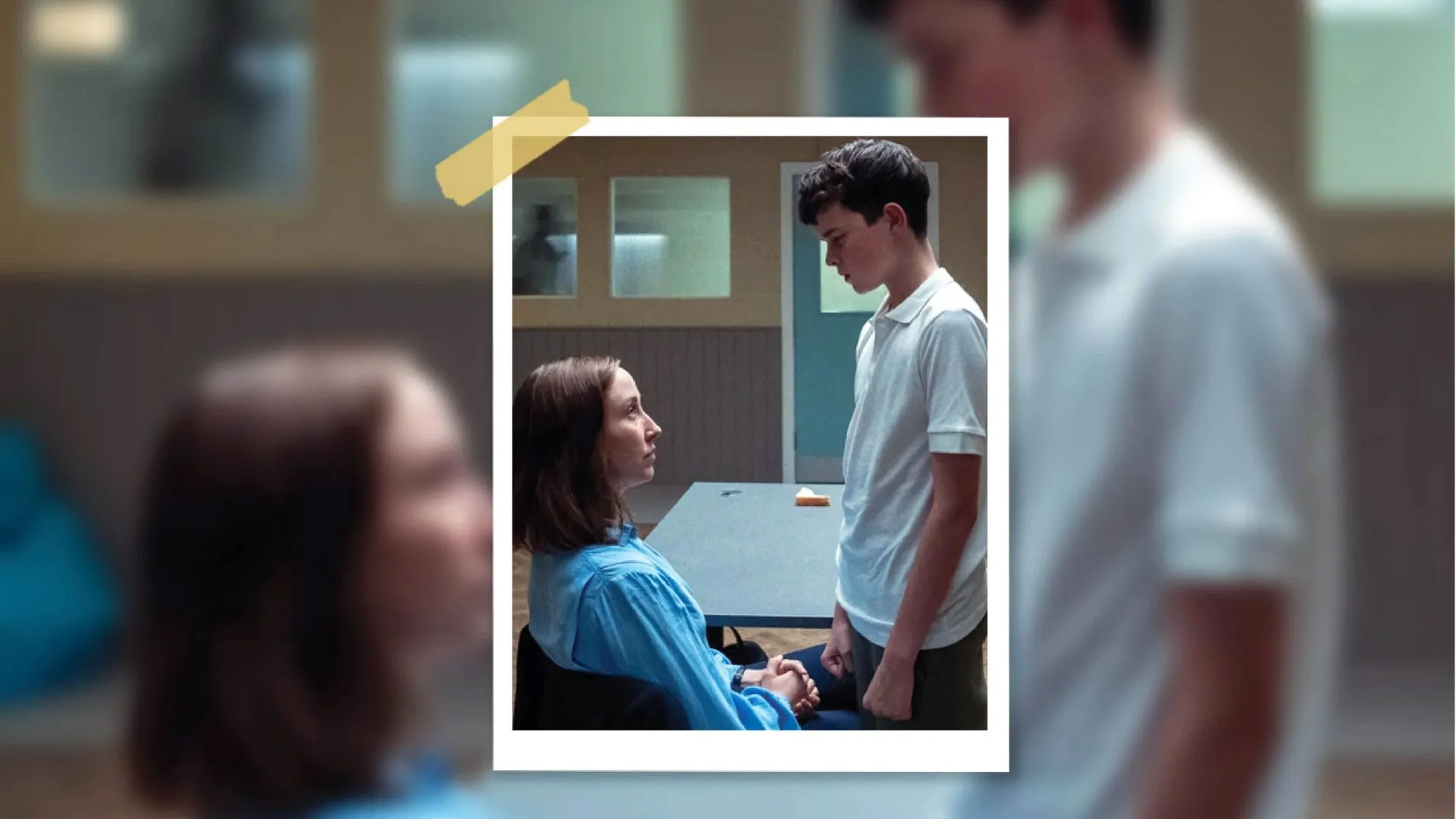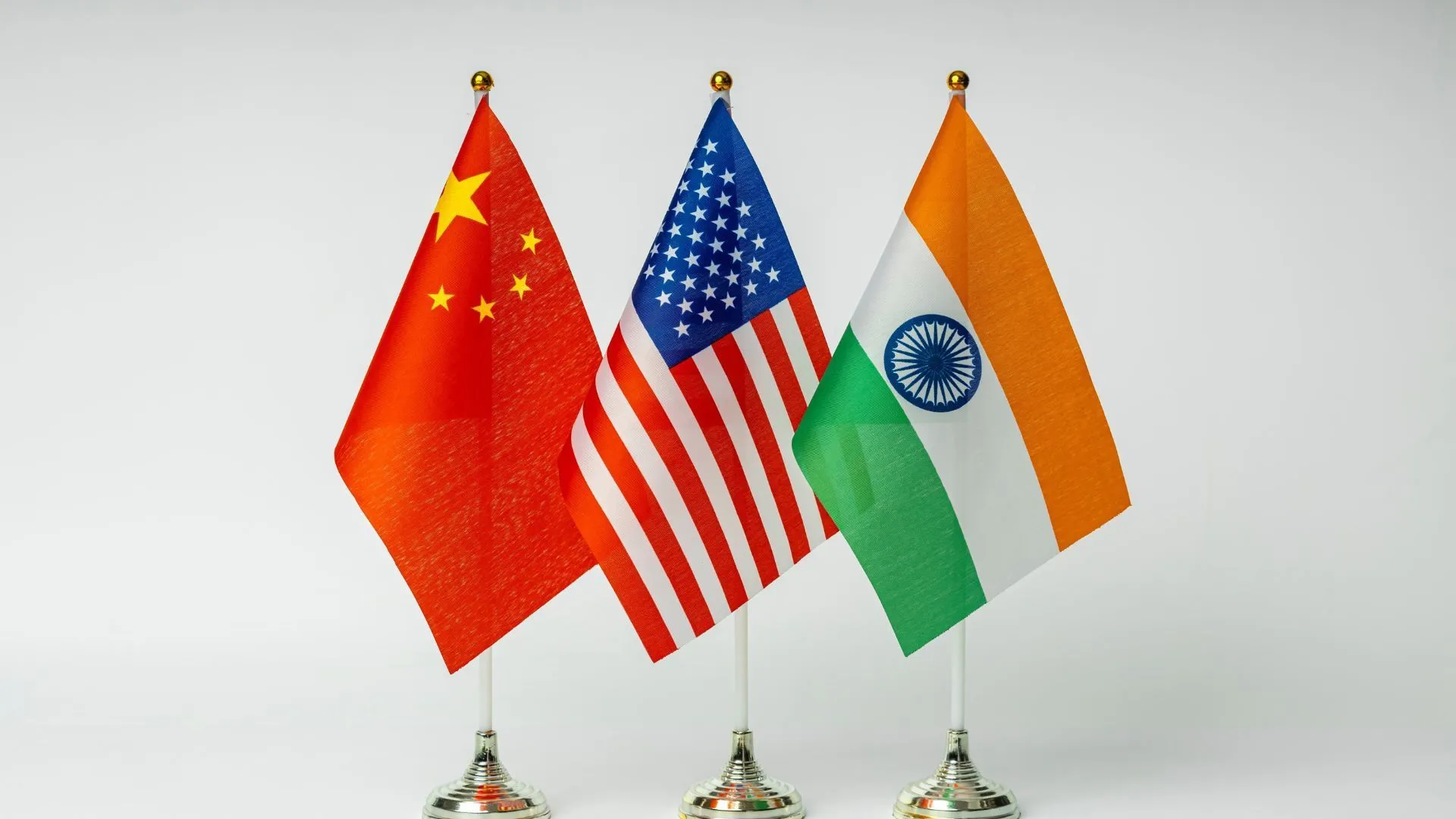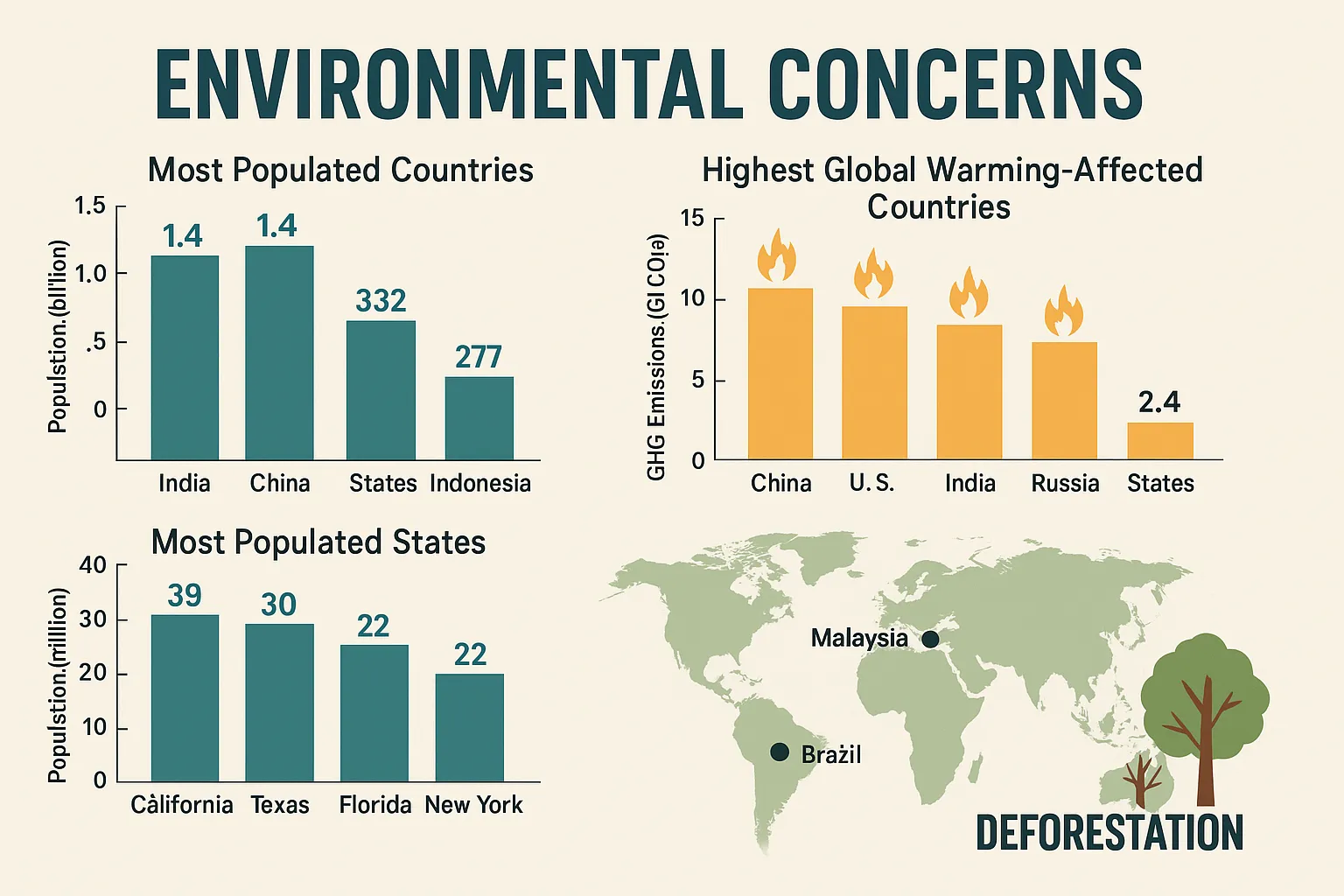INTRODUCTION:
The word Euthanasia originated from Greek origins “eu” that denotes “well” or “good” in addition to “Thanatos” which denotes “death”, so in essence Euthanasia signifies good death.
It basically indicates a deliberate termination of someone’s life by someone else at the clear request of the individual who wants to die. In practice, it involves the action of killing an individual who is ill and not curable out of care and compassion for that individual’s agony. Some even call it ‘mercy killing’. Merriam Webster defines Euthanasia as the action of killing or letting a hopelessly ill individual die in a comparatively pain free method for merciful intentions. Black’s Law Dictionary has a similar definition stating it to be the action of killing or causing death of an individual suffering from an ailment that isn’t curable, specially an agonizing one for merciful aims. Right to die has continually been a contentious subject globally. Article 21 of the Indian constitution states that “no individual should be deprived of life or personal freedom except in accordance with legally prescribed procedures”. The term liberty is the appreciation and attainment of choice and the attributes that go with that choice and the word life denotes the aim to have the same in a dignified way. Both of these are intertwined. Liberty permits people the space to reflect and perform without constraint and life deprived of liberty would be a pointless existence. Courts have included different aspects to
Right to life like right to have a respectable existence, right to food, to get adequately educated, to have a clean environment, to get adequate shelter, privacy and numerous different rights to allow people to enjoy a better and a more fruitful life.
ANALYSIS OF
ARTICLE 21
This generous dealing of Article 21 by the courts could be owed to the judiciary’s appreciation of the principle that constitutional provisions should be interpreted not in a limited sense but in a broad and liberal way. Benches have continually held that when understanding the correct implication and substance of right to life, the court must try to expand the scope of the fundamental right and not weaken its content.In Maneka Gandhi v Union of India, 1978 AIR 597, justice Bhagwati, in an attempt to make Article 21more meaningful, stated that “Courts should try to expand the scope and range of fundamental rights instead of attenuating their implication and substance by means of juridical construction”. This is why numerous of rights have been included in Article 21. In Francis Coralie Mullin v The Administrator, the Supreme court made huge development when it contended that Article 21 doesn’t amount to simply ‘animal existence’ but to something more than just that. It comprises of living with human dignity. In Shantisar builders v Narayanan Khimalal Totame, the Supreme Court distinguished between the shelter that humans require and those that animals require. They stated that animals require just the minimum bodily security but humans require a habitation that permits them to grow in all facets be it mentally or physically. So, it isn’t just right to survival but living a complete quality life of dignity and value. The Supreme Court has claimed article 21 to be ‘heart of fundamental rights’ and has consequently allowed very broad boundaries with widest conceivable understandings to this article and correctly so. It has evolved into a basis for many essential rights and procedural protections. It can be contended that at the very least, every individual has a right to live with modicum amount of dignity and where the existing condition drops beneath that point, the individual should be permitted to terminate such agonizing existence. There is no legislation in India that provides for Euthanasia, so people relied on the constitution to provide relief with the question being, ‘whether Right of Life under article 21 accommodates a Right to die?’.
ANALYSIS OF INDIAN LEGAL JURISPRUDENCE ON EUTHANASIA
This issue first arose in the case of State of Maharashtra v Maruty Sripati Dubal. The court here held that Right to Life included Right to die and held Section 309 of IPC that made attempt to suicide a crime as unconstitutional. 29 The court reasoned those fundamental rights have both positive and negative facets. It also distinguished between suicide and euthanasia saying that the former includes the act done by the individual himself whereas the latter meant the act done by an intervening party. As opposed to this, in Chenna Jagdeshwar v Sate of AP, the court stated that right to die isn’t secured under article 21. In P. Rathinam v Union of India, the court followed Maruty Dubal case’s reasoning and stated that article 21 included the right not to lead a coerced life that is damaging, unfavorable and detested by someone. It also held attempt to suicide as not punishable by calling the provision against this as ‘ultra-viruses. This was a drastic approach and it could not last long. The court in Gian Kaur v State of Punjab while overruling this judgment, stated that Right to Life doesn’t incorporate the Right to die a death that isn’t natural and held suicide to be a criminal offence. They held s.309 of IPC that makes attempted suicide an offence to be constitutional. They reasoned that Article 21 is a natural right whereas the right to end one’s life by committing suicide would be unnatural.36 The court stated that dignity rights under the same only exist till the ‘natural’ termination of life. They distinguished Euthanasia from suicide and asserted that the former involves ending an individual’s life who is already fatally ill or in a PVS. They stated that in euthanasia, the course of dying has already begun and it merely accelerates this process of natural death and isn’t causing an unnatural termination. They therefore held that right to die a dignified death of a patient whose ‘life is ebbing out’ may come within the preview of right to a dignified life. So, in Gian Kaur, the court already acknowledged right to a dignified death specially for incurably ill patients, but they did not exactly rule on euthanasia be it active or passive. They just primarily focused on the legitimacy of anti-suicide laws. So, this issue was again brought up in Aruna Ramchandra Shanbaug v Union of India. Runa Shanbaug was a nurse who was a victim of sexual assault, after which she wasn’t in the condition to feel anything anymore. The ruthless incident rendered her visionless, deaf, paralyzed and in a vegetative condition for 42 years. A petition was brought before the Supreme Court for her euthanasia. The court passed a ground-breaking judgement legalizing passive euthanasia. The court held that in cases were the natural progression of death had already initiated or the patient was in a permanent vegetative state, then it wouldn’t be an offense to passively quicken demise by refusal of medical support. 43 Here the court instead of dealing with right to die, dealt with whether there is a compulsion to lengthen life when the sufferer was fatally ill. It laid down the following checks and safeguards that need to be adhered to so that this aid isn’t abused, specially forbidding third party from being involved in the decision-making.
1-The decision to not continue with aids that lengthen the patient’s life must be undertaken by their lawful guardians, their partner, someone who is close to them,
2- The approval of the high court is mandatory as relatives might give approval to get inheritance benefits.
3- Two judges of the high court will take the call after taking assistance from a panel of three medical experts. The English case of Airedale has been one of the major cases that facilitated the benches to consider passive euthanasia in Indian framework. 48The aforementioned legal delivery had also been undertaken by the court in Airedale case cogitating the High Court to be ‘parens patriae’ and personally examining every case for securing the paramount interest of the individual given euthanasia like a rational and reliable parent.
In Common Cause v Union of India, the Constitutional Court performed an arduous undertaking of pronouncing Right to die with dignity as a fundamental right and a vital component of right to live a life of dignity as enshrined in Article 21. It arranged extensive system for protecting the dignity of fatally ill individuals and those in PVS with no prospect of recovery and in this course, it 1- legalized advance medical directives (AMD) and health attorneys and 2- put forth rules to give force to passive euthanasia. This is now the current law with respect to euthanasia till a legislature is made on the same. This court also scrutinized some discrepancies in the Aruna Shanbaug case. The constitutional court in Common Cause increased the extent of Euthanasia allowed in Aruna case by attaching the concept of living will, where individuals can leave written guidelines on the type of health care they could be administered with, in the occasion of them being in a unresponsive and incurably ill state .It is important to remember that only passive euthanasia has been allowed yet that involves withholding life-lengthening procedures voluntarily, when the patient requests this or when he leaves a living will behind that provides for this or, involuntarily when the patient isn’t in a conscious state and this decision is taken by his family, doctors, close affiliations with the approval of the high court. Active euthanasia is different as it involves positive action of using lethal drugs to cause deliberate demise of the individual through direct interference and this isn’t permitted. The Jurisprudence across the globe has grown on passive euthanasia and it has managed to get moral and legitimate approval more or less. This can’t be said for active euthanasia as there still exists some hesitation and doubt about it.
CONSTITUTIONAL ASPECTS OF DIGNITY AND PRIVACY THAT PLAY A ROLE HERE
According to prof Upendra Baxi, dignity means respect for a person built on the value of liberty and power to construct choices and a decent social system would be where dignity is respected by allowing settings to exercise uncontrolled and informed choices. Even though the term ‘dignity’ isn’t defined anywhere in the constitution or statutes, by analysing the views taken by courts, we can see the how intrinsic it is for Article 21. To deny an individual of his dignity at the conclusion of his life would deny him of meaningful existence. A subsistence that holds meaning would include individual’s right of self-determination and independence to choose their healthcare procedure. Respect for a person, particularly their right to decide how they must live their life amounts to self-autonomy or right of self-governance. It is the right against non-intervention by people that offers a competent individual that is in his majority, the right to decide things that concern his being and body, exclusive of other’s control or meddling. Individual’s right of self-rule and autonomy include their choice to whether and to whatever degree they are prepared to submit themselves to health treatments, deciding between alternate procedures or in that regard, deciding for no procedure at all, which according to their comprehension is in consonance with their personal desires and principles. 61 Nevertheless, a critical issue is yet to be addressed of whether right to die as a part of article 21 is absolute or it would be controlled by reasonable constraints. Considering this right involves the choice vis-à-vis terminating one’s life, the circumstances that accompany the meaning of ‘dignity’ need to be lucidly articulated. Without explicit reference of reasonable constraints influencing this right, the noble intent of the constitutional court advancing this judgement may prove ineffective.
In KS Puttaswammy v Union of India, the Constitutional Court that included nine justices held privacy to be a fundamental segment of right to life that also recognizes a person’s right to refuse health treatments that prolong lifespan. Here, Justice Chelameshwar stated that “force feeding of particular individuals by the Government raises alarms for privacy. A person’s right to deny healthcare that prolongs his existence or ends the same is a liberty that comes within the preview of privacy”. Article 21 guarantees privacy rights and in cases where individuals are in PVS or are bed ridden, unconscious to an extent where they are unable to eat own their own, switch clothes or even utilize the lavatory, whether or not their privacy rights are being met is something to reflect on. These are things that no one would normally like to rely on others for.
EUTHANASIA IN THE NETHERLANDS
Netherlands was the first European state that allowed euthanasia by introducing the statute ‘termination of life on request and assisted suicide act” in 2002. 69 This legislation permitted euthanasia in extremely rare and extraordinary circumstances.70 There, killing someone on their request or with their permission is illegal but this statue makes an exemption for doctors who perform euthanasia provided they meet the following factors:
1-If there isn’t any possibility for the patient’s condition to improve and they are in insufferable agony, 2-The patient themselves, voluntarily opt for this without any encouragement from others and this request should be persistent over a period,
3- The patient makes an informed decision with comprehensive information of his alternatives,
4-This issue must be discussed with other free doctors for confirming everything,
5-euthenesia must take place with proper process by competent doctors, and
6- patient must be minimum twelve years of age.
CONCLUSION
Low educational and legal knowledge being the reality of many people in India, there could be a chance of misuse of living wills by greed-stricken heirs and this should be appropriately attended by the parliament for the paramount usage of the novel right added in the binder of fundamental rights. Lack of sufficient and affordable healthcare and monetary limitations on middle class families may force them to opt for passive euthanasia or make living wills hastily out of compulsion. Therefore, mere allowing passive euthanasia by the benches isn’t enough till the parliament appropriately aids the matter by giving the required attention to health facilities and insurance, specially for economically backwards individuals. Appreciating the right of dying with dignity for terminal patients and persons in a PVS is only part of the picture, and the issue of how this right would be construed with respect to individuals wanting to die due to other serious reasons like agedness, indigence, dearth of prospects etc. to die with respect still remains. The apex court has only recognized this right to dignified death in terms of right to withdraw or deny life prolonging treatments for the aforementioned categories, so how this right should be construed with respect to patients who have terminal illnesses that hamper their life adversely but haven’t made them dependent on some life supporting machine is something to deliberate on. For instance, individuals permanently paralyzed from neck down, individuals with severe case of dementia that leaves them in a disoriented state, not recognizing themselves or their loved ones etc. These individuals aren’t dependent on life prolonging systems that they can withdraw but nevertheless they have to permanently depend on others for basic needs and their dignity, privacy, autonomy and quality of life can be said to be obstructed by their degenerated circumstances. To cause death in these situations, a positive action would be needed. This may have the capacity to unlock floodgates for Mandamus Writs before constitutional benches. In my opinion, active euthanasia, although very restrictively and only in extraordinary and rare instances, should also be included in right to dignified death under art 21. For this, heavy safeguards and riders are needed so that this right isn’t abused. This is also keeping in mind the broad frame the courts have given to ‘life’ under art21, to signify more than ‘animal survival’, to include a life of dignity, quality, good physical and psychological wellbeing. India’s legal situation shouldn’t be reviewed in isolation. We have drawn our constitution from the charters of diverse states and benches have frequently referred to several international decisions. Netherland’s statue with respect to Euthanasia should be examined and appreciated in Indian context and used to broaden euthanasia framework in India. Death is as essential is life in certain situations. Death shouldn’t be seen as negative or disappointing when the individual is going through unbearable agony from an ailment that isn’t curable for an alarmingly long time. Humane and proficient dealing for the dying is necessary.
Low educational and legal knowledge being the reality of many people in India, there could be a chance of misuse of living wills by greed-stricken heirs and this should be appropriately attended by Parliament for the paramount usage of the novel right added in the binder of fundamental rights. Lack of sufficient and affordable healthcare and monetary limitations on middle class families may force them to opt for passive euthanasia or make living wills hastily out of compulsion.


